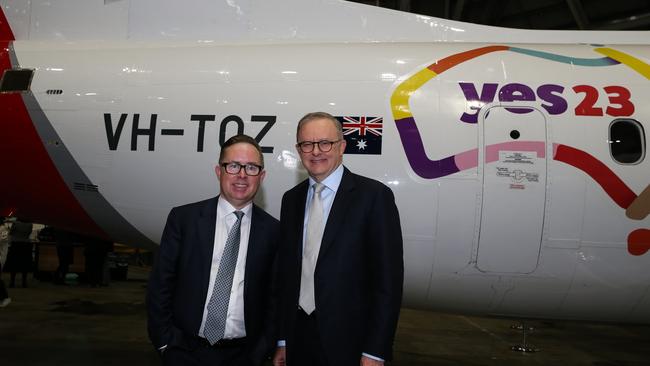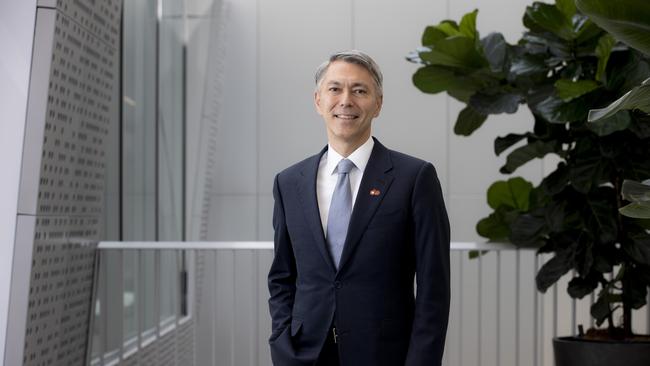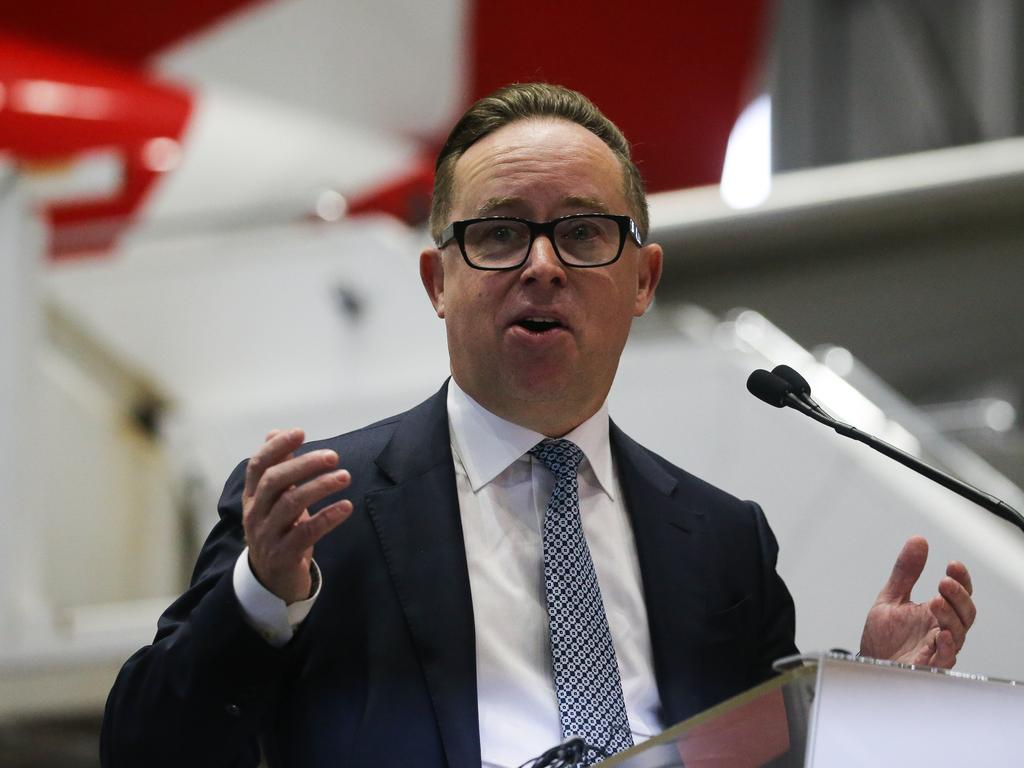
Tragically for the world of big corporations, the similarities with the PricewaterhouseCoopers affair are chilling and show that PwC practices and strategies are not confined to that accounting firm.
When Prime Minister Anthony Albanese first announced that he planned a referendum to change the constitution to incorporate the Uluru Statement from the Heart and give Aboriginal Australians and Torres Strait Islanders the ability to make representations to parliament, the opinion polls initially showed 70 per cent of Australians were in favour and only 30 per cent against.
At that point large corporate Australia ignored their long held standards, rules and practices –often set out in writing – and decided to back the Yes campaign not only with verbal support but millions of dollars in cash.
Some of the miners used as a reason the fact that they needed support from Aboriginal communities in their operations. Had they bothered to check they would have found Aboriginal Australians were split because the Uluru agenda had been set by extremists.
The real reason too many large corporates jumped into the Yes campaign was that they are embracing woke and politically correct agendas like Uluru in their organisations, and those views swamped the long held traditional behavioural rules and the national interest.

In the case of PwC the former senior partner Luke Sayers says he did not have knowledge of what was happening deep within the government contracts, but he and his PwC partners drove political correctness and woke views through the organisation. And over time, and as in the corporate Yes case backing, these seemed more important then making sure that the old fashioned rules were followed.
The public esteem of large corporations is falling around the world and in Australia they were not only a liability for Yes (especially Qantas) but Australian corporates’ public image was further damaged.

The Coalition may or may not get to government in the next election but the Coalition anger against large corporations for funding Yes is white hot and they should expect no favours for the next decade or two. As former large corporate boards knew, that’s what happens when you play blatant politics and support one side with money.
Given the millions behind the Yes campaign and the meagre recourses behind No, victory for No initially seemed impossible.
Indeed, in the early days of the No campaign the task of gaining a national majority seemed so hopeless that the only way to win would be convincing small states to vote No. All the initial efforts were directed at voters in Queensland South Australia, WA and Tasmania. Fascinatingly these states all recorded around or above 60 per cent No majorities. But as the No campaign gained traction it was spread around the nation.
A key No strategy was to place an advertisement on an individual’s page in TikTok, Facebook and similar networks. It wasn’t expensive because each advertisement targeting one person. But the No advertisements were so persuasive and intriguing that a great many of their recipients spread them around their friends who in turn spread them further. And so with one low cost advertisement enormous reach was achieved.
In most of the advertisements, opposition Indigenous Australians spokeswoman Jacinta Price was prominent.
The combination of conservative Dutton and the very articulate Jacinta Price was enormously powerful and while all the politics say it can’t be done, if they fight the next election together they will be very hard to beat.
The No campaign quickly discovered that their biggest asset was that a vast number of Australians believed in the Bob Hawke doctrine that Australia was and should be one nation and not divided into racial groups. The Yes campaign had no answer, and the message resonated with great power particularly among older Australians who remembered the great Bob Hawke.
But a second issue was also vital to the No campaign – the advertisements highlighted that there were no details in the proposals.
Voters who were a reluctant to support No because of their concerns about the plight of many Aboriginal Australians, justified a no stance on the basis that “we need the details of how it will work before we can vote Yes”.
This was a big problem for the Yes campaign because, they like anyone who studied the Uluru statement, and juts extremist agenda knew exactly what the details of the proposal involved were – two legal systems, self government and reparations achieved by the referendum because the processes of government could be clogged via the voice to the public service which was much more powerful than the voice to parliament.
The Yes campaign decided that it was better not to give out the “details” fearing once they were known and understood Yes support would collapse. Paradoxically, the No campaign found that they got more traction from campaigning on the “no details” issue than explaining the horror of the actual implications of the Uluru statement and the power to make vast numbers of representations to the public service.
Any referendum campaign based on concealment was always going to be hard even with an abundance of money . The Yes campaign used sports and music stars plus others in its traditional media advertising campaign.
It worked among younger people but the older people saw through it and wanted the details or equality.
With their back to the wall, in the final desperate stages, those behind the Yes campaign believed their best chance of gaining victory was to confine the number of older voters and so stunningly they did not send out postal votes in most states.
The No campaign sent them out as widely as they could and it was those postal votes combined with the early voters – both dominated by older people – that reached record proportions and delivered incredible support for No.
But it’s a great tribute to Australians, including Aboriginal Australians, that they saw what the Yes campaign was really about and they returned to the doctrines of Bob Hawke which had conveniently been forgotten – just like PricewaterhouseCoopers had forgotten that the base of its business was integrity.







The No campaign’s devastating defeat of the huge money power of Australia’s large corporations who were backing the Yes campaign is a truly amazing story. It rewrites the rules of political marketing.